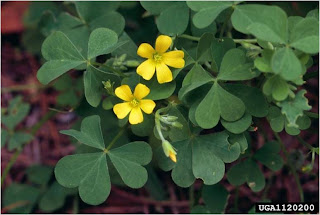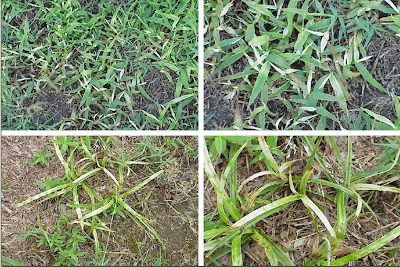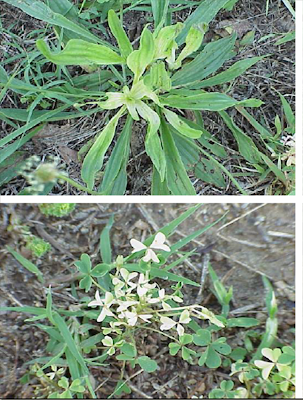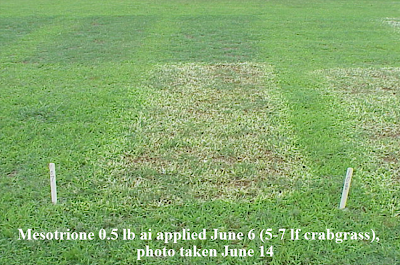
Bacterial leaf scorch. Photo provided by: Edward L. Barnard, Florida Department of Agriculture and Consumer Services, Bugwood.org
Yellow oxalis. Photo provided by: Ted Bodner, Southern Weed Science Society, Bugwood.org
Juniper scale adults. Photo by: United States National Collection of Scale Insects Photographs Archive, USDA Agricultural Research Service, Bugwood.org.
Dogwood sawflies feeding. Photo provided by: Brian Kunkel, Ornamentals IPM Specialist, University of Delaware
Tag Archives: oxalis
Weed Hotline Issue 26
All photos from the presentation “Mesotrione for Weed Control in Warm- and Cool-Season Turf” by Travis W. Gannon, Fred H Yelverton, and Leon S. Warren, North Carolina State University, Department of Crop Science. To view the full presentation go to http://www.turffiles.ncsu.edu/extension/presentations/2006/Mesotrione_WeedControl.pdf
Weed Hotline Issue 19



